How Much Is An Sd Card?
In the digital age, secure digital (SD) cards have become essential for expanding the storage capacity of various electronic devices, including cameras, smartphones, and gaming consoles. Understanding how much an SD card costs is not just a matter of swiping a credit card for the marked price. Instead, several factors dictate the pricing, such as storage capacity, speed class, brand, and additional features like durability. This article aims to dissect the various aspects influencing SD card prices, thereby guiding consumers through the labyrinth of choices to make an informed decision.
Understanding the Types of SD Cards
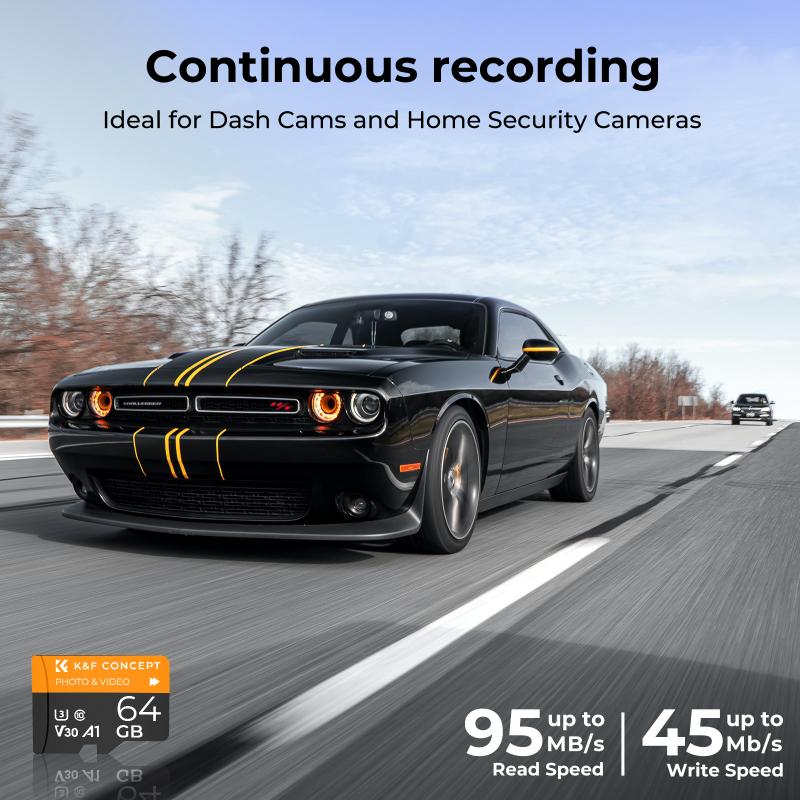
1. Storage Capacity
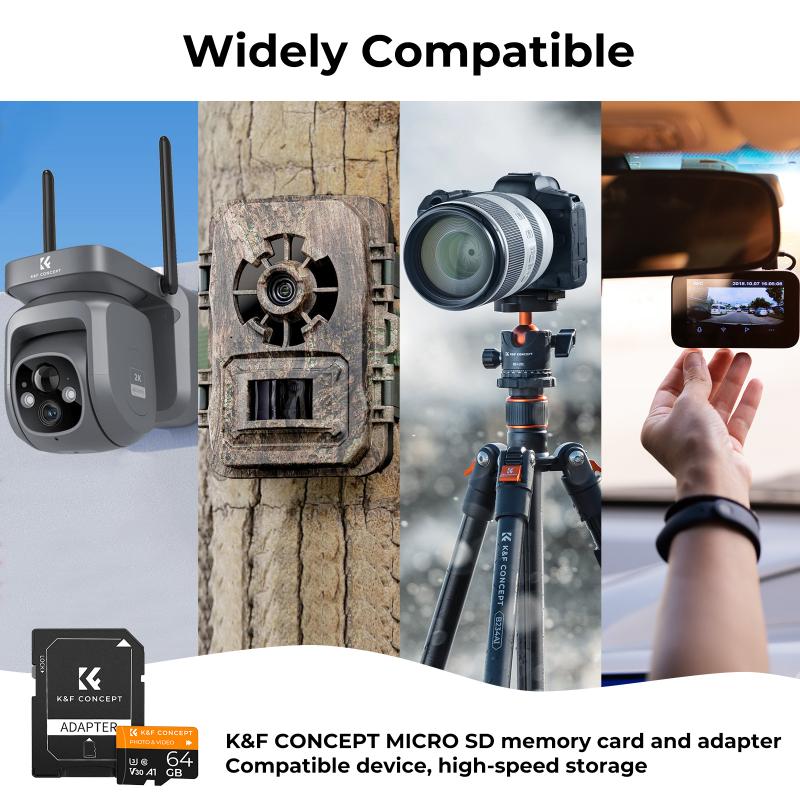
Storage capacity is arguably the most discussed factor when it comes to SD cards. It ranges from as low as 2GB to as high as 2TB (Terabytes).
- MicroSD Cards: Mainly used in smartphones and drones, available in various capacities up to 1TB.
- Standard SD Cards: Used in digital cameras, laptops, and some gaming consoles. Capacities generally range from 2GB to 2TB.
As the storage capacity increases, so does the cost. For instance, a 32GB SD card can be priced between $5 and $15, while a 1TB card can cost anywhere from $200 to $500, depending on the brand and speed.
2. Speed Class
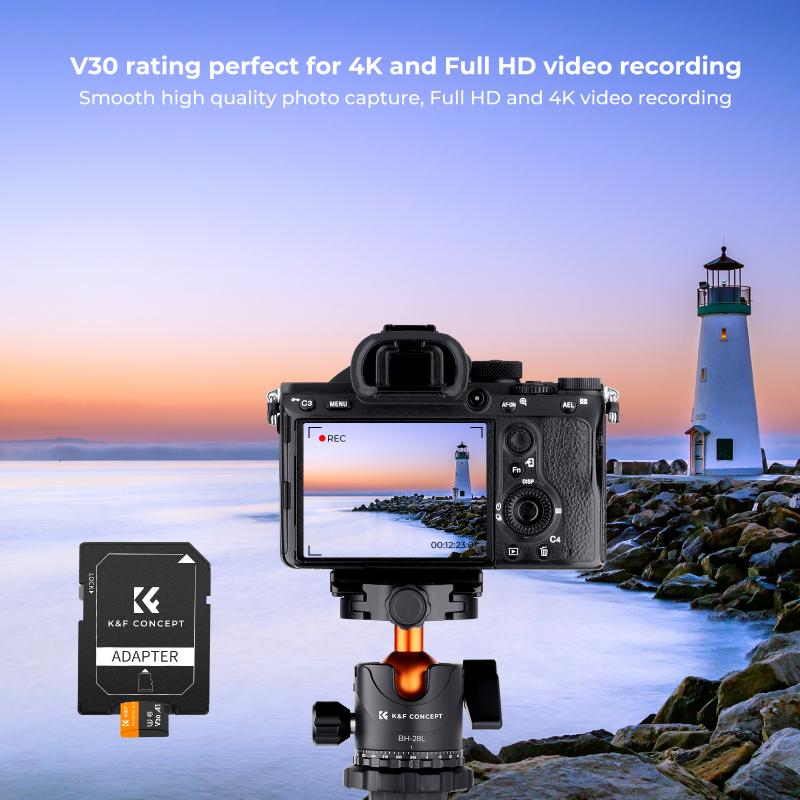
Speed class reflects how quickly data can be written to the card. Traditional speed classes are Class 2, 4, 6, and 10, with Class 10 being the fastest. However, newer speed ratings like UHS Speed Class and Video Speed Class can also impact the price.
- Class 10 (10MB/s): Suitable for HD video recording.
- UHS-I and UHS-II: Ultra High Speed classes offering speeds upwards of 100MB/s, suitable for 4K video recording.
- Video Speed Classes (V6 to V90): Designed for professional videographers requiring high continuous write speeds.
Typically, a Class 10, 32GB SD card may be priced between $10 and $20, whereas a UHS-II, 64GB card could cost between $60 and $100.
Brand and Reputation

Brand reputation significantly influences SD card pricing. Renowned brands like SanDisk, Samsung, Kingston, and Lexar often command higher prices due to their credibility, quality, and after-sales support. While you might save money by opting for a lesser-known brand, the risk of compromised performance and reliability increases.
For example, a 128GB SanDisk Extreme Pro might be priced around $50, whereas an off-brand card of the same capacity could cost as low as $30. The higher price is often justified by better performance, warranty, and reliability that high-end brands provide.
Special Features and Builds
1. Durability
Some SD cards come with added features for enhanced durability, such as water resistance, shockproof, temperature proof, and X-ray proof qualities. These features are particularly useful for adventure photographers, drone enthusiasts, and others who use their equipment in extreme conditions. While these cards offer peace of mind, they do come at a premium.
For example, a 64GB Samsung PRO Endurance card may cost around $30, compared to a standard 64GB card priced at $20.
2. Built-in Security
Certain cards offer built-in security features like encryption and password protection. These are mostly found in professional-grade cards used for sensitive data. Prices can vary widely based on the level of security offered.
Marketplace and Availability
The cost of an SD card can also vary based on where you purchase it. Buying directly from an official retailer or the brand’s website usually ensures authenticity but may come at a higher price. Third-party retailers like Amazon, Best Buy, and Newegg often offer discounts but come with the risk of counterfeits.
Seasonal sales, bulk buying, and bundles can also provide opportunities for savings. Keeping an eye on holiday sales, special tech events, or back-to-school promotions can help you snag a better deal.
Use-Case Scenarios
1. Casual User
For casual users needing extra storage for everyday tasks like storing photos or expanding the memory of a smartphone, a 32GB Class 10 microSD card from a reputable brand is generally sufficient and can be found for about $10 to $20.
2. Professional Photographer
Professional photographers utilizing DSLR or mirrorless cameras for high-resolution image and video capture may need a 128GB UHS-II SD card. This can range from $80 to $200 depending on the brand and specific speed requirements.
3. Adventure Enthusiast
For users who are likely to subject their equipment to extreme conditions, investing in a high-durability card, such as a 64GB waterproof, shockproof, and temperature-proof SD card, could be worth the additional $20 to $30 over standard cards.
Figuring out how much an SD card costs means more than just comparing price tags. It’s an exercise in assessing your needs, preferences, and the reliability of the products offered. With the diverse range of options available—from storage capacities and speed classes to brand reputation and special features—there’s an SD card suited to every requirement and budget. By understanding these elements, consumers can make a well-informed decision and choose an SD card that offers the best value for their specific needs.
If you’re on the hunt for an SD card, start by identifying your primary use case, then weigh the importance of factors like speed, durability, and brand. Finally, shop around, comparing prices from multiple retailers while being cautious of deals that seem too good to be true. In doing so, you’ll not only secure the right SD card for your needs but also ensure you get the maximum value for your money.





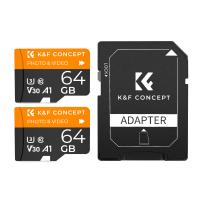

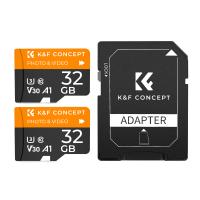
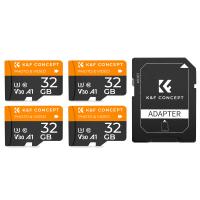



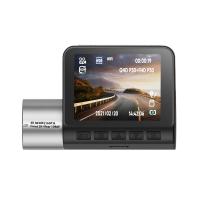
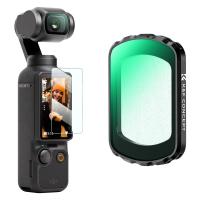

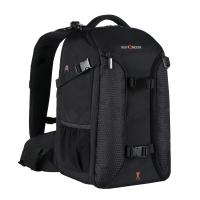
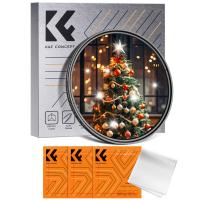

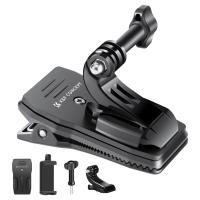








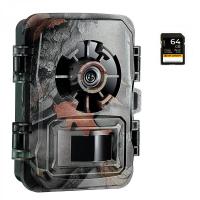

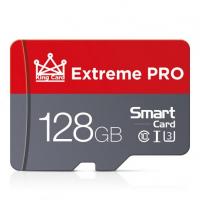
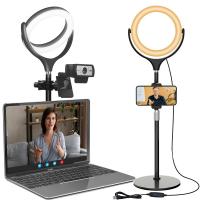
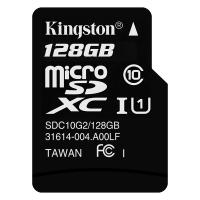
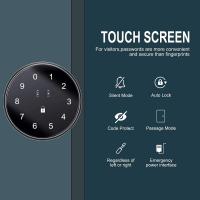


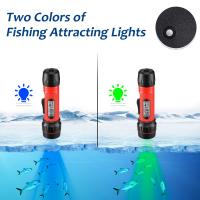
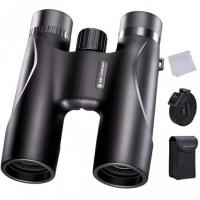


There are no comments for this blog.